In Ukrainian, the name for Christmas is Ridztvo (Різдво), meaning ‘Nativity’. The Russian equivalent, used by one in three citizens in Ukraine, is Rozhdyestvo (Рождество). It is a season for hope and rebirth. Since, in the Slavic languages, all wishes or implied wishes are followed by the genitive case, the term for ‘Happy Christmas’ in Ukrainian comes out, none-too-simply, as Shchaslivovo Ridztva
In western Ukraine – which until 1939 was part of Poland – Christmas was always celebrated twice: on 25 December by Catholics following the Gregorian calendar and on 7 January by the Orthodox and the Julian Calendar. In 2017, by agreement with the Patriarchs, the government in Kyiv officially adopted this dual custom. Nowadays, all Ukrainians have two Christmases to choose from.
Ukrainians have had their fill of being told by assorted gauleiters and politruks how to behave
Before 1991, the Communist authorities repeatedly tried to suppress Christmas. St Nicholas the gift-giver was demoted and replaced by the secular Ded Moroz or ‘Grandpa Frost’, who alone was admitted to schools. In independent Ukraine, St Nicholas and Grandpa Frost can compete freely.
Traditionally, celebrations begin on Christmas Eve, either on 24 December or 6 January. The children look out for the evening star. The husband enters and places a didukh, or ‘wreath’ of leaves and grasses on the table. He announces ‘Christos rodyvsja’ (Christ is born) and everyone responds: ‘Slavite yovo’ (Glory to Him). Stalks of wheat lie on the embroidered tablecloth between the dishes and candles. And, after singing a carol, the family sits down to the Sviata Vecheria, the ‘Holy Supper’ of 12 vegetarian dishes – one for each apostle. The first dish called Kutia is made from nuts, honey and poppy seeds, followed by borsch, pickled herrings, boiled fish, pasta, potatoes, sauerkraut, vegetables, mushrooms, apple tart, fruit and cake. A drink called Uzdar is made from berries. Church-goers then attend midnight services. And a second feast, including meat and poultry, is held on Christmas day. This year reduced menus will be widespread.
Kollada or ‘carolling’ is popular. Groups of young people dress up in masks and folk costume. Carrying a large Bethlehem Star aloft, they tour the village or city district, singing carols and distributing seasonal greetings.
Building a nativity creche called a Vertep or Shopka and displaying it in public spaces also has a long history. During the German Occupation of 1941-44, the Nazis objected to the Holy Family being dressed in Middle Eastern, Jewish clothes, and enforced an Aryan dress code. In the Donbass, militants from the self-styled People’s Republics still decry the Vertep as ‘Banderite’ or ‘fascistic’.
Christmas trees have featured since the mid-nineteenth century. In 1916, the Tsarist authorities banned them as a pernicious German invention. In 1935, Stalin’s puppet in Ukraine, Pavel Postyshev, fresh from overseeing the Holodomor, decreed the opposite, rehabilitating the Christmas tree as an approved, socialist decoration.
Ukrainians have had their fill of being told by assorted gauleiters and politruks how to behave.
Talk at this year’s Christmas table will inevitably focus on Russia’s invasion. Everyone will remember where they were on 24 February or when they first saw the dreaded Z signs painted on Russian tanks and armoured vehicles. Everyone will recall the moment when they decided in their hearts that resistance was the right course of action. ‘I never thought they would invade’, someone will say. ‘Oh no’, the next one retorts, ‘when the Moskali keep on assuring you they won’t do something, you can be sure that they intend to do it. Vranyo! Vranyo! They are taught from childhood to lie through their teeth.’
Conversation will soon turn to absent friends. ‘This time last year’, father will say, ‘Mykhailo was with us; he’s now sitting in a freezing trench, somewhere near Bakhmut. His best friend was killed by a Russian shell. But we didn’t tell him to volunteer. He just went.’ ‘Yes, it’s the same with Yana and Natalia’, says mother. ‘They just dressed the children, packed their bags, and made for the railway station. Yana is in Krakow. Natalia’s somewhere in Romania.’ ‘Thank God, our kids could go to their Grandma’s in the countryside,’ adds an aunt. ‘They attend the village school: the further from the Moskali the better.’
The telephone rings. It’s Yana from Krakow. She and her children are seated at the festive table with their Polish hosts. Comparisons are on the menu. ‘The snowdrifts are already very deep,’ Yana says, ‘but they have these fantastic Canadian snow-blowers to shift it. Polish Wigilia is just like ours, except that the barszcz is different. They even build shopki, and sing lovely kolendy.’ ‘When are you coming home ?’, asks Mother. ‘Do they have Grandpa Frost ?’, asks Father. ‘Ach! they think that Ded Moroz was invented in an opera by Rimsky-Korsakov’
No one under 40 in Ukraine remembers Soviet times. The world before 1991 has faded. But they are always hearing about it. Men now in their sixties were conscripts sent to Afghanistan. ‘Yes’, Dad muses. ‘We were the liberators then. They told us we were going to help the Afghanis. But when we got there, we didn’t find anyone wanting to be liberated. Every time we drove up a valley in the mountains, the mujahadeen would be waiting with their American stingers. A few guys in pyjamas would hide behind the rocks, knock out the column’s leading vehicles, then calmly take pot-shots at the rest of us. By the time our air cover arrived, they had evaporated. It was hopeless.’ ‘It was just like the recent Russian advance on Kyiv’, someone remarks ‘and our boys knew exactly what to do. The Moskali went to pieces. Kyiv, Kabul, it’s just the same.’ ‘It was Russian mothers, who did the trick’, the veteran continues. ‘They couldn’t all be locked up. So Gorbachev eventually gave in. It will be exactly the same this time round. Russia will collapse before they break us.’
Only the most elderly Ukrainians can remember the Second World War, and many won’t discuss it. Conditions on the eastern front were far more terrible than anything in the West. During the Red Army’s retreat in 1941-2, the NKVD rounded up masses of people and took them away regardless. All the great installations of the Five Year Plans, like the Dnieperpetrovsk dam, were dynamited. Whole towns and factories were dismantled and evacuated beyond the Urals, together with their workers. Laggards and objectors were just shot. Then, when the Germans arrived, millions of other Ukrainians were deported for slave labour in Germany. The SS and Gestapo were killing Jews, but not only Jews. Rape and state-backed looting were routine. Partisan warfare was merciless and bloodthirsty. Overall, more Ukrainian civilians perished than Russians. Then, when the Soviets returned in 1943, the NKVD were looking for collaborators and so-called ‘traitors’ fit only for the Gulag. They targeted the Greek Catholics, whose churches had reopened under the German occupation. Anyone could be denounced as a ‘nationalist’ or ‘fascist’.
Many seniors prefer to talk about what they heard from their own parents and grandparents, like the Holodomor, which is now taught in schools. The ‘Terror Famine’ happened in Soviet Ukraine in 1932-33, after Stalin’s programme of forced collectivisation of agriculture met widespread resistance. Millions of peasants had already lost their land, or been killed. Then, Moscow sent in armed squads to requisition the remaining grain and livestock. Cordons were set up to prevent food from being imported. Countless men, women and children were simply left to starve.
Putin’s notorious assertion that Ukraine was created by Lenin equally prompts comment. ‘What’s behind that?’ they ask, knowing very well that it was Lenin who destroyed Ukrainian independence. It’s just a ploy for demeaning Ukraine. In reality, the Ukrainian national movement had a long history going back deep into Tsarist times. After the Tsar’s removal in February 1917, Kerensky’s republican government set up a Ukrainian National Council under the great historian, Mykhailo Hrushevsky, aiming for self-government. But later, when the Bolsheviks overturned Kerensky, the Council declared independence. All the non-Russian peoples, in fact, opted to break with Russia. In the Civil War, the ‘Reds’ were not just fighting the ‘Whites’; they battled all the anti-Russian national movements as well. In Ukraine, the Bolsheviks set up a tiny ‘People’s Republic’ in Kharkiv in 1919, challenging the main Ukrainian Republic in Kyiv. Before launching Soviet Ukraine in 1921, their forces had to crush or repel all sorts of opponents, from Germans and Austrians to Russian ‘Whites’, reactionary Cossacks, Poles and peasant ‘Greens’. They could not establish the Soviet Union until 1923.
Singing in harmony has long been a tonic for hard times in Ukraine. Folk songs and carols, often said to be pagan in origin, abound. Best known is the catchy ‘Carol of Bells’ composed in America by an exile, Peter Wilhousky. But the core repertoire remains religious. Before ‘Holy Supper’ they all stand up and sing ‘Nova Radist’ stala’ (New Joy has come). This year, everyone understands what ‘New Joy’ means.
Got something to add? Join the discussion and comment below.
Get 10 issues for just $10
Subscribe to The Spectator Australia today for the next 10 magazine issues, plus full online access, for just $10.

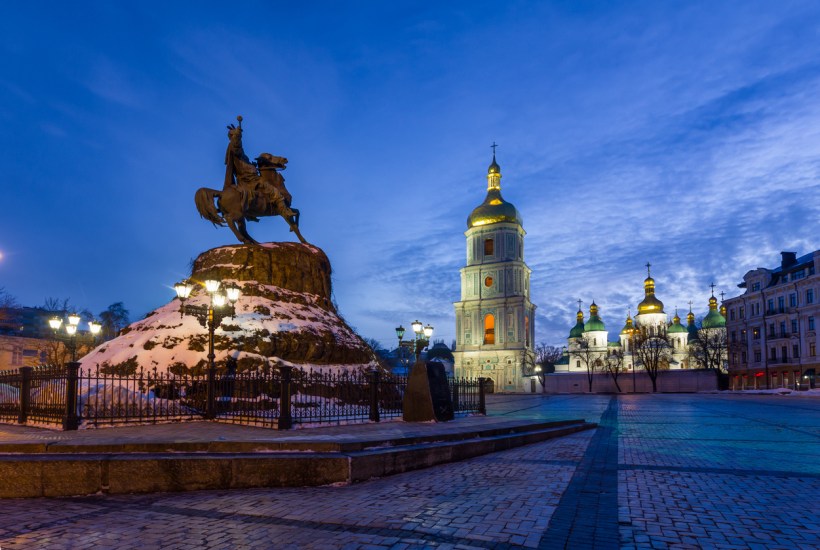
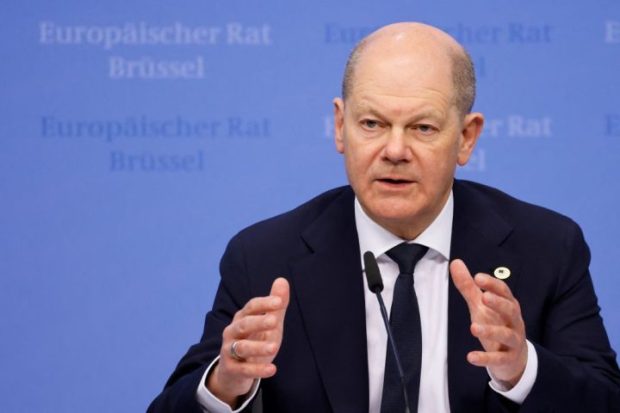
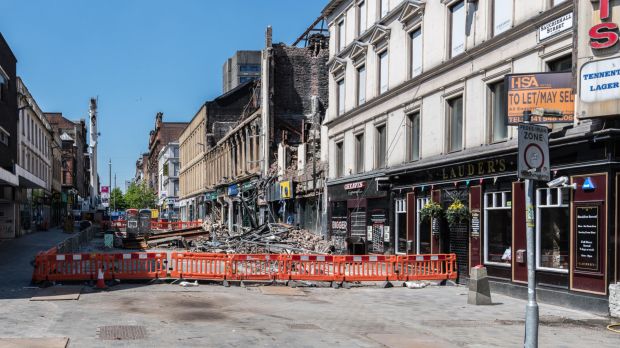


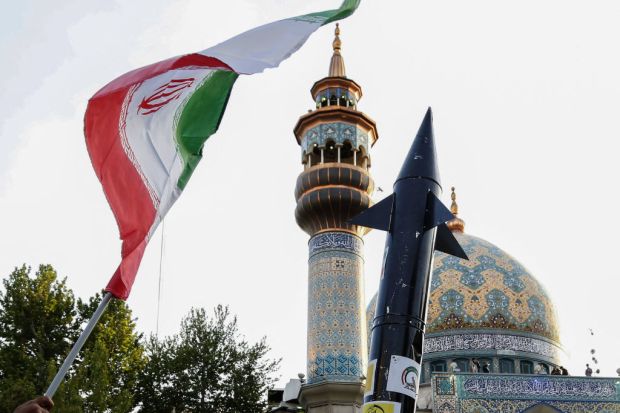









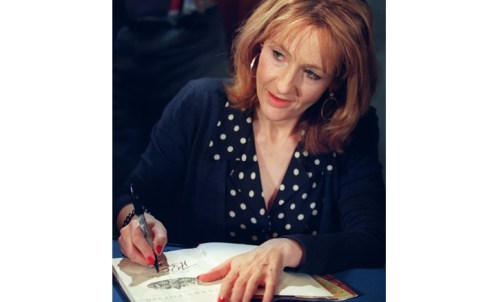


Comments
Don't miss out
Join the conversation with other Spectator Australia readers. Subscribe to leave a comment.
SUBSCRIBEAlready a subscriber? Log in